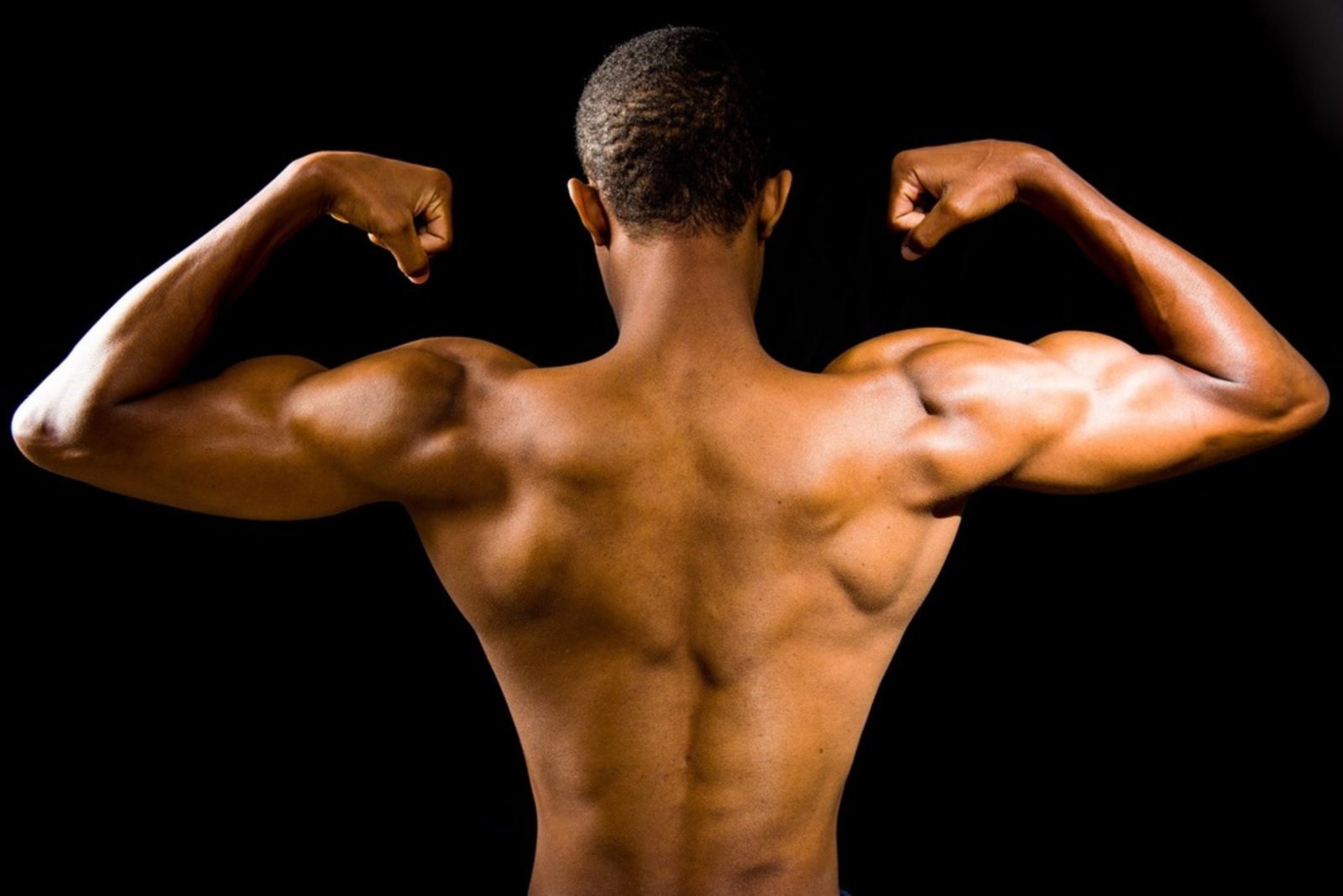Even if you’ve never watched an exercise video, read a fitness magazine, or stepped foot in a gym, you’ve undoubtedly heard the phrase “engage your core” at least once in your life. When you’re working hard to finish a set, you may hear a soft word of encouragement or a loud shout.
But you could be confused about what it means to activate your core or how to identify your core. Your abdominals, obliques, diaphragm, pelvic floor, trunk flexors, and hip flexors are all part of your core, which also includes your shoulder blades and upper back muscles.
You can’t do things like lift weights or get out of a chair without the support that your core muscles provide. In addition, the flexibility it provides facilitates activities such as reaching for a seatbelt or swinging a golf club.
The diaphragm is mostly responsible for the passage of air into and out of the lungs during each exhalation and inhalation. When you maintain an upright posture, your abdominal muscles engage to support your spine. You can count on them to be there at the beginning and end of your bathroom break.
This article defines the core muscles, explains how they help you move and stay stable in your trunk, and provides a rundown of some great core workouts to add to your routine.
Your core muscles are a collection of several different muscle groups
Back extensors
The back extensors consist of the erector spinae, quadratus lumborum, and multifidus muscles. In general, they serve to connect one vertebra to the ones above and below it, or the pelvis to the rest of the spine.
They help with things like squatting and bicep curls because they keep your back straight while you bend backward (spinal extension) and lift heavy weights (postural stability and spine support).
Diaphragm
Diaphragm insertion sites are located on the bottom of the lower rib cage. While its major function is breathing, new evidence reveals it also aids in cardiac function, lymphatic return, emotional regulation, swallowing and vomiting, lumbar stabilization, and pain tolerance.
Internal and external obliques
Both the internal and external obliques are attached to the trunk laterally, from the ribs to the pelvis. In a static sense, they support the trunk’s front and sides. They primarily bend to the side and rotate their trunks, like when swinging a baseball bat. The spine is flexed when they act in unison on both sides.
Iliopsoas
The iliopsoas is the common name for the hip flexors iliacus and psoas major, which join together to form a single muscular belly. Inserting on the femur, these muscles travel from their origins in the pelvic crest (iliacus) and the thoracolumbar spine (psoas). When you execute high knee movements, you’re using the iliopsoas to flex the hip or bring the legs closer to the body. It’s a deep-core stabilizer, though, because of its connection to the spine.
Pelvic floor
The pelvic floor muscles, which are situated on the pelvis’s bottom, perform a function analogous to that of a hammock or sling. When used, they come up toward the midsection and engage. These muscles not only control the urination and defecation processes, but they also serve as deep stabilizers of the spinal column and pelvis.
Rectus abdominis
The rectus abdominis (or six-pack muscle) extends from the front of the pelvis to the lower rib cage. Flexing the spine is its principal function, and you use it when you sit up in bed or do crunches, for example. When compared to the other core muscles, this one is the least effective at providing support for the spine because of its relatively superficial location.
Transversus abdominis
The transversus abdominis draws its ancestry from the pelvis’ posterior and superior surfaces, as well as the ribcage’s lower six ribs. The linea alba, or midline, is the endpoint of the fascia’s horizontal fiber course. It’s the largest abdominal muscle, and it helps keep your back straight. Co-contracting with the multifidus muscle, the transversus abdominis helps to give deep, segmental support for the lower back when it is activated.
Activating your inner core
Core engagement might mean several things, depending on your goals. When completing situps, your muscles fire in a different order than when trying to balance on one leg. Your muscles will feel different when you engage them depending on whether you’re moving or stabilizing your spine, pushing or pulling weight, standing, sitting, or lying down.
Remember that your core muscles work together in movement, regardless of how, when, or why you use them. They work together. A strong and functional core must be able to engage in every scenario and in any fashion to provide dynamic stability and spinal support for your moving body. Four main core-engagement methods will be covered in this article.
Abdominal bracing
When you brace your abs, you tighten the muscles of your abdominal wall in an isometric manner so that your back, ribs, and pelvis remain in their normal positions. When lifting weights or other big objects, it can prevent injury to the spine. Recent studies have revealed that abdominal bracing is the most effective way to engage the abdomen surface muscles.
Abdominal draw-in or hollowing
Bring your navel to your spine to perform the abdominal draw-in movement, also known as abdominal hollowing. This contraction enhances bracing and is most effective when conceived of as a dynamic exhale. Researchers found that hollowing the abs engages the deep spinal stabilizers and transversus abdominis better than bracing. While both bracing and hollowing stabilization contractions have vociferous proponents, the best functional core may use both as needed.
Concentric contraction of the abs or back
Whether you’re executing a crunch or a superman, you’re using your core muscles as the primary movers. For instance, when performing the crunch, your rectus abdominis and obliques shorten (concentrically contract) to lift your shoulders and head by drawing your ribs toward your hips. The application of concentric contractions by the body can produce movement and speed. Many people’s experience with muscular contractions is limited to the above.
Eccentric contraction of the abs or back
When the body has to slow down its force or movement, eccentric contractions are performed. These contractions usually occur in conjunction with a concentric contraction on the opposite side of the joint, and they lengthen the muscle. Straightening and lifting your spine, as you may do if you catch yourself slouching while working at a desk, causes two contractions: a concentric contraction in the spinal extensors and an eccentric contraction, or lengthening, in the abdominals.
Core stability exercises
The abdominal draw
1. Lay back with bowed knees. Sitting straight is also possible. Inhale.
2. Imagine pulling your belly button to your spine as you exhale. Although you can breathe, your abdominal and side muscles may stiffen. Avoid arching or pushing your back onto the floor.
3. Hold for 5 to 10 seconds. Relax. Repeat.
The bird dog
1. Get down on your hands and knees on the floor, like a table. Keep your back straight.
2. Extend one arm out in front of you until it’s at chest level.
3. Position your opposing arm and leg in a straight line behind you. Maintain a neutral spine and keep your hips looking down rather than out. Your core and back muscles should be engaged.
4. Keep this position for 5 seconds, and then switch arms and legs.
The bridge
1. Put your feet hip-width apart and lie on your back.
2. Squeeze your buttocks and lift them off the floor while keeping your back and pelvis in a straight line.
3. Don’t move for the count of five.
4. Let your shoulders drop and put your back on the ground. Repeat.
The dead bug
1. Put your feet level on the floor with your knees bent.
2. Lift your knees until your hips and knees form a 90-degree angle, contracting your abs the whole time to keep your back flat.
3. Tap your toe gently on the floor and slowly come back.
4. Extending your arms overhead will make it more challenging. Reach the opposite arm back overhead as you lower one foot to the floor, keeping your lower back on the ground and your ribs pulled in.
5. Extend your leg as far as you comfortably can while maintaining a flat back.
6. Come back and trade roles.
When you engage your trunk muscles, often known as your “core,” you stabilize your spine and pelvis, both stationary and in motion. Balance, lifting, pushing, pulling, and general movement all require the use of these muscles. Increased stability, reduced risk of injury, and spinal stability during vigorous activity are all benefits of developing a strong core.
The strength and flexibility of your spine depend on the work of your core muscles. Your daily activities revolve around these motions, making them the “core” of your day. Mastering the proper use of these muscle groups will allow you to move without discomfort for many years to come.















Find Us on Socials